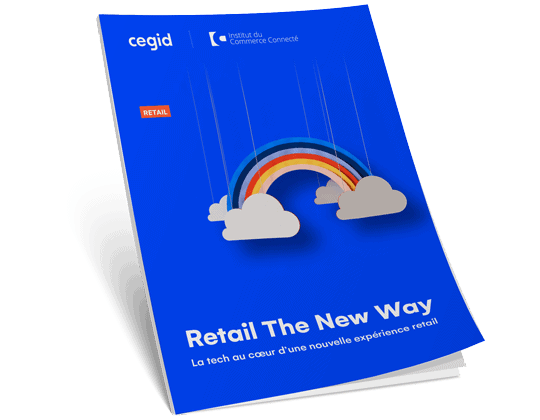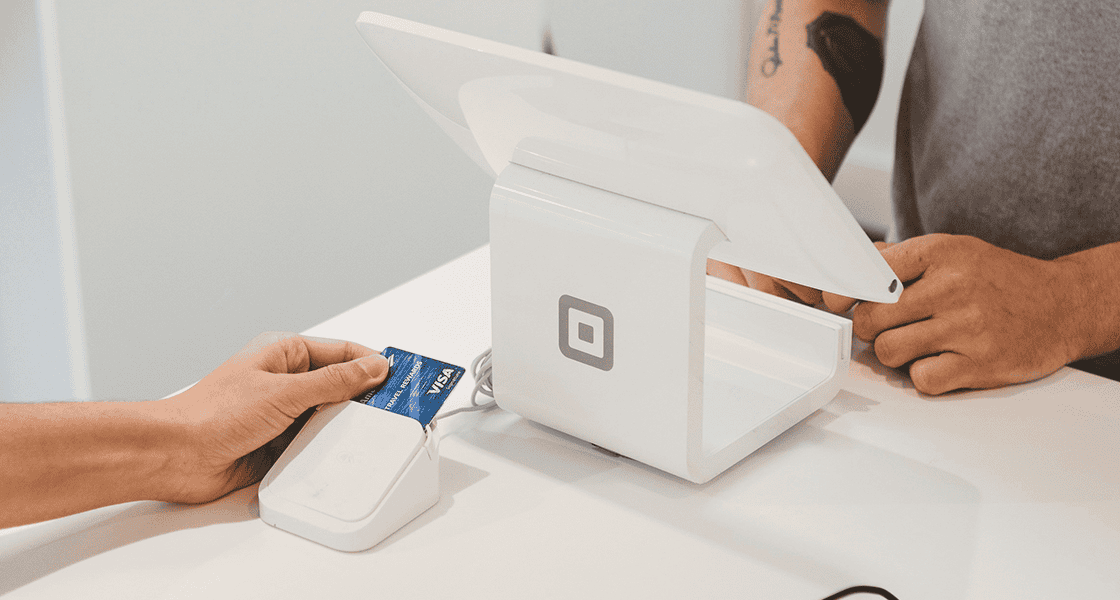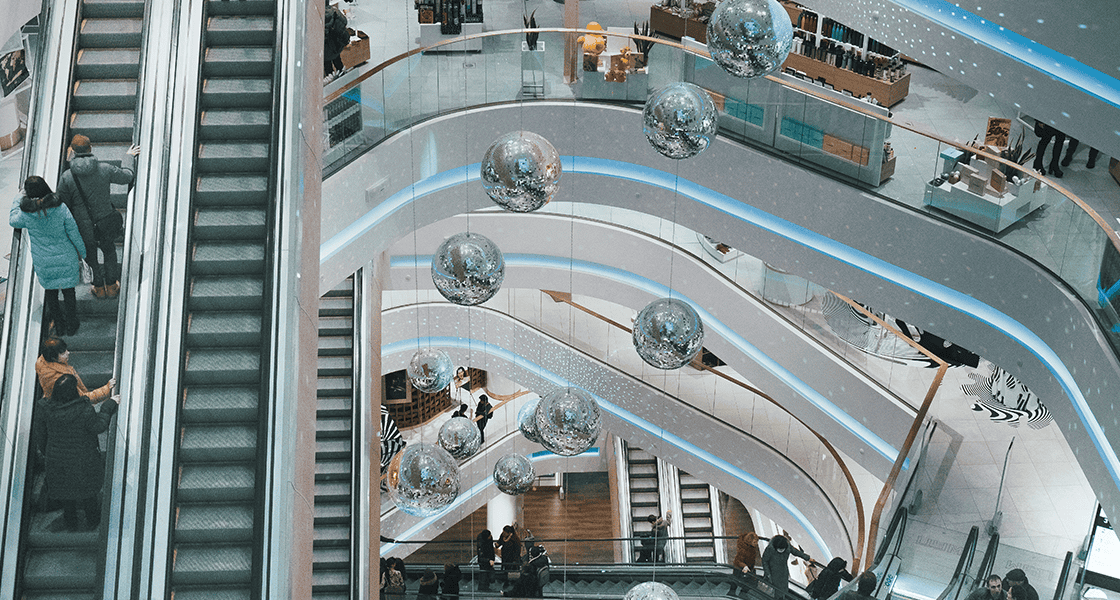Retail & Distribution
Post Covid-19 will the omnichannel model still be relevant?
23 April 2020

Winners and losers
It’s important to note that while some corners of retail have suffered, others are thriving. Following the outbreak, half of the industry saw an unprecedented and immediate surge in demand in the initial weeks of the crisis, and all the challenges that come with it – particularly in pharmacy and grocery retailing. The other half – including fashion, luxury, furniture – saw demand plunge following the implementation of restrictive public health measures meaning stores – and in some cases online fulfilment centres – had to close.
Retailers with home delivery capability who have chosen to keep trading have salvaged sales and in the case of some specialists, even experienced a big jump in orders and revenues. Companies selling home office equipment, toys, personal fitness items like rowing machines and weights, and crafting kits saw sales go through the roof, as shoppers looked for ways to fill their time in social isolation.
Meanwhile fashion players that have opted to keep fulfilling online orders – such as Gap, H&M, Superdry, Uniqlo, Urban Outfitters, Zara – have been able to reduce some of their losses experienced from shuttering all stores, though sales have still been hit hard, not least because all retailers have limited capacity to fulfil online orders; even the supermarkets were typically only home-delivering 8% of their sales prior to the outbreak.
Omnichannel saves sales
We’ve also seen retailers such as the UK’s Primark value clothing chain face the reality of what it means to have no ecommerce operation to revert to when stores are shut. Primark told analysts that closing all stores will cost it £650 million a month in lost sales.
If one thing has been proved, it’s that omnichannel, supported by agile, unified commerce systems can help a retailer adapt to unexpected market forces.
“Most would agree that multiple channels to market will help a retailer spread risk and keep channels of communication open to their customers. Online shopping habits will be more entrenched post-pandemic, but we can’t discount the pent-up desire for meaningful ‘real-world’ experiences that many consumers will have in store. In this sense the new reality of retail does looks to be an omnichannel one.”
Chris Field
Retail analyst and chairman of Retail Connections.
Consumers still crave choice
Talking to our retail clients, the dominant view is that consumers will once again expect to shop anywhere, anytime, anyhow, once social distancing rules are relaxed and lockdowns are lifted. Naturally there will be a period of adjustment – with consumers potentially still cautious about coming into close proximity to others – but at some point normality will resume. Stores that survive will fill with shoppers looking for the same experiential shopping journeys, frictionless service and personalisation that they sought before the virus took hold.
” There may be fewer stores after the storm, but having the option to enjoy the blend of offline and online will continue to be a huge consumer driver. Far from coronavirus accelerating the retail apocalypse that has been predicted in recent years, I’m optimistic that it will actually be a catalyst for store resurgence when normal life and all its freedoms return. In fact, I believe the crisis will drive a much needed change in the retailer/landlord relationship – great news for those championing the omnichannel model.”
Chris Field
Retail analyst and chairman of Retail Connections.
Resurgent shoppers will want the best
At Cegid, our view is that, yes, the stores landscape will look different after the pandemic ends. But while retailers continue to explore just how many stores they need in a digital, omnichannel world, our much-loved physical shops will not disappear. Instead they will continue to evolve as before, improving their omnichannel services such as Ship from Store, e-reservations and Click and Collect, to satisfy resurgent shoppers.
People will be looking to reconnect with brands that offer inspiration, social responsibility and engagement. They will be eager to enjoy an even better retail experience than before. Consumers may also have questioned their old habits of consumption during the lockdown and become more sensitive to sustainability and waste. Our prediction is that consumers will be more conscientious about where they buy, how much they buy, and what their favourite brands stand for when the next chapter of retail unfolds.



